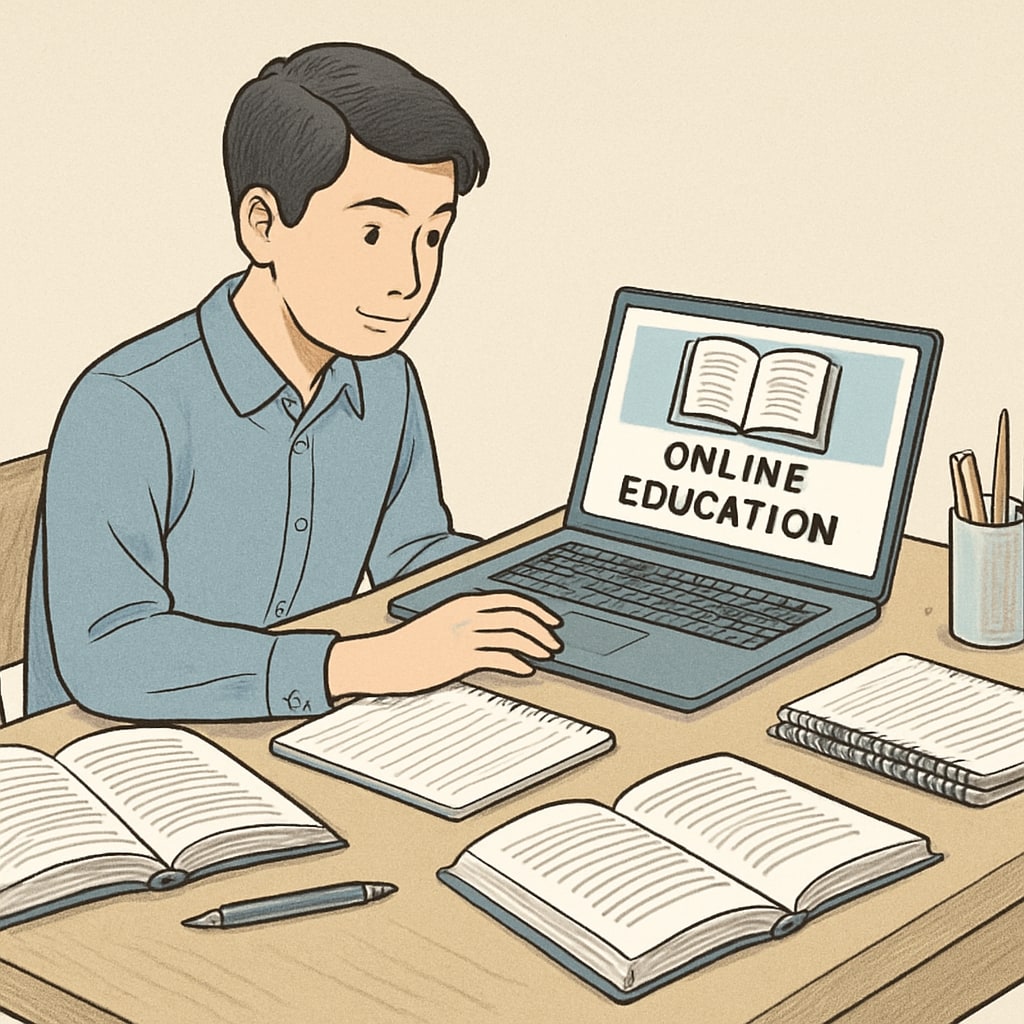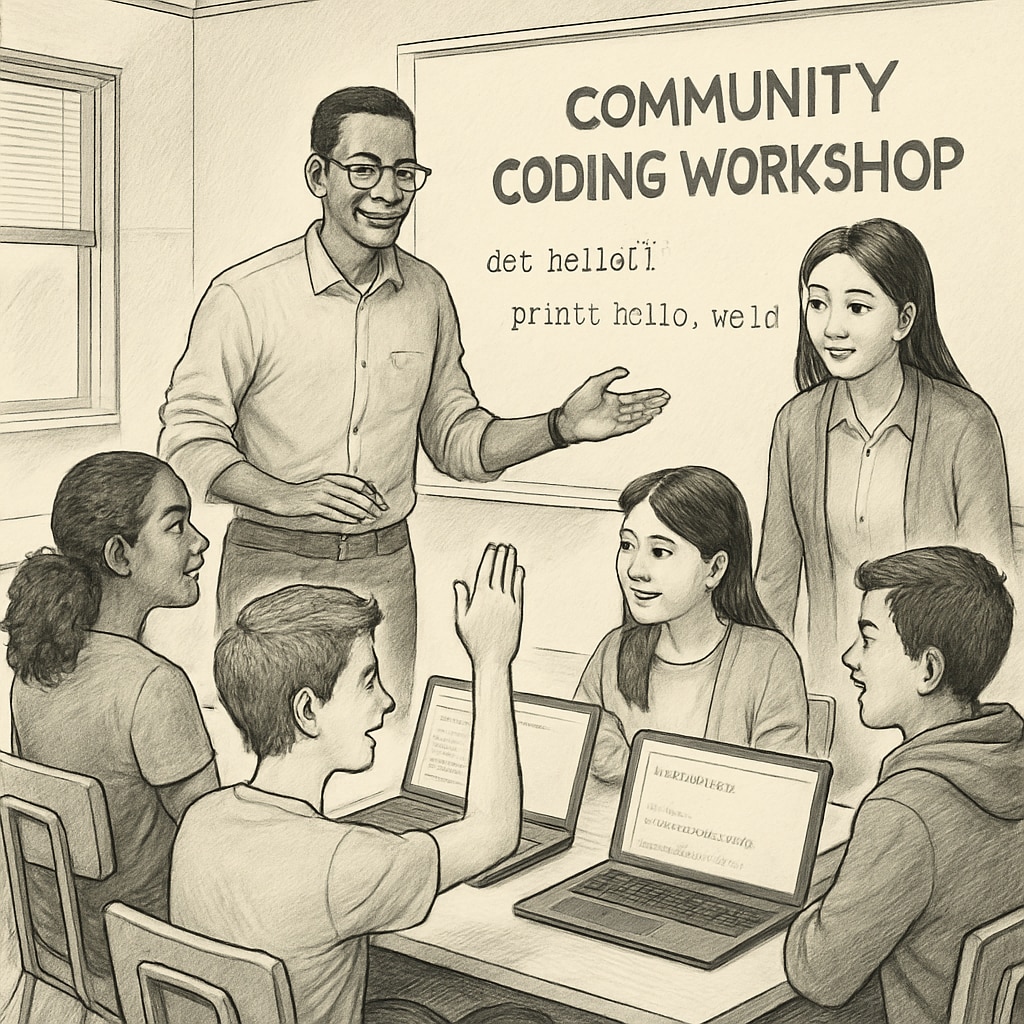For high school students entering the critical final years of their academic journey, finding the right education courses, supplemental learning resources, and extracurricular opportunities can make a significant difference. While classroom learning provides the foundation, complementary resources outside of school can expand a student’s horizons, strengthen weak areas, and provide a competitive edge in college applications. This guide explores practical strategies for finding the best free and paid resources tailored to a high schooler’s needs.
Identifying Your Needs: Where to Start in Your Learning Journey
Before diving into a sea of options, it’s essential to assess your goals and academic needs. Are you aiming to boost your grades in core subjects, prepare for standardized tests, or explore unique interests like coding, public speaking, or creative writing? Identifying these priorities will help you filter through the numerous options available online and offline.
- Self-assessment: Reflect on your strengths, weaknesses, and interests. Use tools like online quizzes or academic planners to clarify your focus.
- Teacher or counselor input: Talk to your teachers or school counselors. They often have recommendations for resources that align with your current curriculum.
- Peer insights: Ask classmates or friends about their experiences with external resources. Personal recommendations can be invaluable.
Once you have a clear direction, you can start exploring specific resources tailored to your goals.

Exploring Free Educational Resources for High School Students
Not all high-quality learning needs to come with a price tag. There are numerous free platforms and programs designed to support high school students in their educational pursuits. Here are some of the best options:
- Online learning platforms: Websites like Khan Academy offer free courses in math, science, history, and more. These platforms often include video tutorials, practice exercises, and progress tracking tools.
- Public libraries: Many libraries provide access to free tutoring, e-books, and educational software. Some even host workshops and study groups tailored for students.
- Government-sponsored programs: Check out education initiatives in your area. For example, some states offer free SAT prep courses or college readiness workshops.
- Community organizations: Nonprofits often run free programs like after-school tutoring, robotics clubs, or creative writing workshops.
Utilizing these resources not only enhances your knowledge but also introduces you to diverse perspectives and learning styles.

Investing in Paid Resources: When and Why It’s Worth It
While free resources are excellent, there are times when investing in paid options can provide additional value. Paid programs often offer personalized instruction, advanced tools, or specialized content that may not be available for free. Here’s where to look:
- Private tutoring: If you need targeted support in specific subjects, hiring a tutor can be a game-changer. Platforms like Tutor.com connect students with certified professionals.
- Test preparation courses: For exams like the SAT, ACT, or AP tests, services like The Princeton Review or Kaplan offer comprehensive prep courses.
- Specialized skills training: Interested in coding, graphic design, or video editing? Websites like Udemy or Coursera host affordable courses taught by industry experts.
- Study abroad programs: For those who can afford it, summer programs in other countries can be both educational and culturally enriching.
Before signing up for any paid program, it’s wise to read reviews, check for trial periods, or ask for recommendations to ensure it’s the right fit for you.
Balancing School Life and Supplemental Learning
While it’s exciting to explore supplemental learning opportunities, it’s crucial to strike a balance. Overloading yourself with too many commitments can lead to burnout. Here are some tips for managing your time effectively:
- Create a schedule: Use tools like Google Calendar or time-blocking apps to allocate specific hours for schoolwork, extracurriculars, and relaxation.
- Set realistic goals: Focus on a few key areas rather than trying to excel in everything at once.
- Take breaks: Incorporate short breaks into your study sessions to recharge your mind.
Remember, the goal of supplemental learning is to enhance your education, not to overwhelm you.
In conclusion, finding the right combination of education courses, supplemental learning opportunities, and external resources can significantly boost your academic and personal growth. Whether you opt for free platforms or invest in paid programs, the key is to align your resources with your goals, manage your time wisely, and stay committed to continuous learning.


